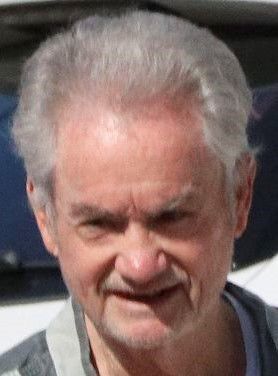

The simple chronology of his arrival in the region in 1789 makes it likely that it was through him, if indeed, not at his urging, that his brother Abel from Vermont came to southern Bastard township in 1793 to take advantage of Simcoe's promise of free grants of land this consequently had a profound influence, albeit indirectly, on the early development of Leeds and Lansdowne Rear. Roger Stevens merits at least a footnote in the history of Leeds and Lansdowne Rear. Had his life not been cut short by drowning in 1793, the same energy that prompted Stevens to build the first sawmill on the Rideau at the site of Merrickville, might have altered the pace at which the Stafford "leader and associate" settlement grew, 101 and possibly might have resonated in the settlement of Leeds and Lansdowne Rear. Two Brothers Settle the Gananoque Frontierįrom: "The Rear of Leeds & Lansdowne : The Making of Community on the Gananoque River Frontier, 1796-1996"ġ00 Stafford and his party were not the first white people at the Rideau settlement, for in the early autumn of 1789, Roger Stevens, a former British secret agent during the American War of Independence originally from Vermont, settled on the boundary of Montague and Marlborough on the Rideau River. Roger is the son of Roger Stevens and Mary Doolittle.

Roger Stevens was born about 1753 in Rhinebeck, Dutchess County, New York. 1.1 Two Brothers Settle the Gananoque Frontier.It's another divisive building but maybe it's just waiting for the rest of us to catch up with it.

Its listed status ensures the Roger Stevens Lecture Theatre's future is safe. To address this, in 2013 the University's Facilities Directorate, Student Union and staff collaborated to create a sustainable edible garden with wildflower areas, soft fruit hedgerows, insect houses and pocket habitats. As no other buildings in the precinct have entrances at ground level, the open space was underused for some years. In 2016 the University re-configured several lecture theatres to allow collaborative working and shared technology. Elain Harwood, in her book on Chamberlin, Powell and Bon, comments that the buildings "proved to be as adaptable as Chamberlin had promised, with the walls moved ad infinitum and service ducts coping with increased loadings". The layout is actually deceptively simple: two gently sloping staircases link the lecture theatres and each row of seats has its own individual door, ensuring lectures are not interrupted by latecomers. For some time in the 1970s the exterior bore graffiti reading "brain machine" and it's true that the building's unconventional configuration of space does require a bit of thought to learn its signage and colour coding. The refectory overlooks a lake which is more than ornamental - it was also designed to provide air conditioning for the building, an idea which Chamberlin, Powell and Bon developed on a bigger scale with the Barbican Lake. Students compare it to a church organ, a robot or a car engine. The exterior is futuristic and visually striking. The Roger Stevens building contains 25 tiered lecture theatres with different capacities, a refectory and reprographics facilities. They generated interest at an international level and were hugely influential to the modern movement as a body of research and a definitive model for the modern university campus. The Development Plans saw them experimenting with ideas about the principles of urban design, the integration of community and environment into a cohesive whole, and the most economic and adaptable use of space.
#Roger stevens trial
A second Development Plan focused on the maths and science precinct and features what became the Roger Stevens Lecture Theatre.Ĭhamberlin, Powell and Bon's design was a forward-looking city within a city, and in many ways an important trial run for what they went on to do with the Barbican estate. It summarized the anticipated problems and posed solutions, specifying the required materials, time, space and costs. An initial report recorded their enquiries and research into the existing campus and set out their vision for the new campus. Chamberlin, Powell and Bon, who had just completed the acclaimed Golden Lane Estate, were engaged as Master Planners at the University of Leeds to oversee in-house architect Geoffrey Wilson and provide expertise to the expansion of the campus. This was a challenge for university architects. The number of students (and universities) nearly doubled.

The Roger Stevens Lecture Theatre, grade II listed in 2009, is the centrepiece of the complex of buildings designed by Chamberlin, Powell and Bon between 19 for the Leeds University campus.įrom 1960-1970, as the post-war generation grew up, Britain saw a great expansion in education.


 0 kommentar(er)
0 kommentar(er)
